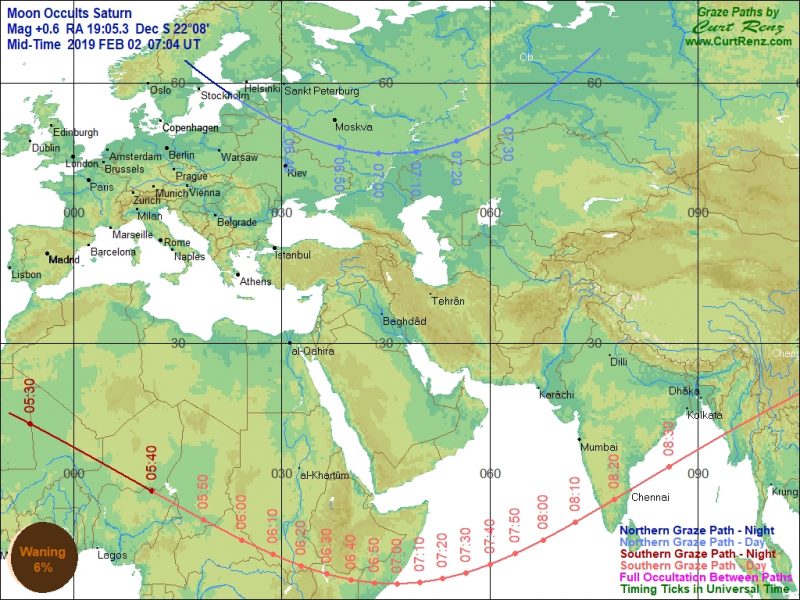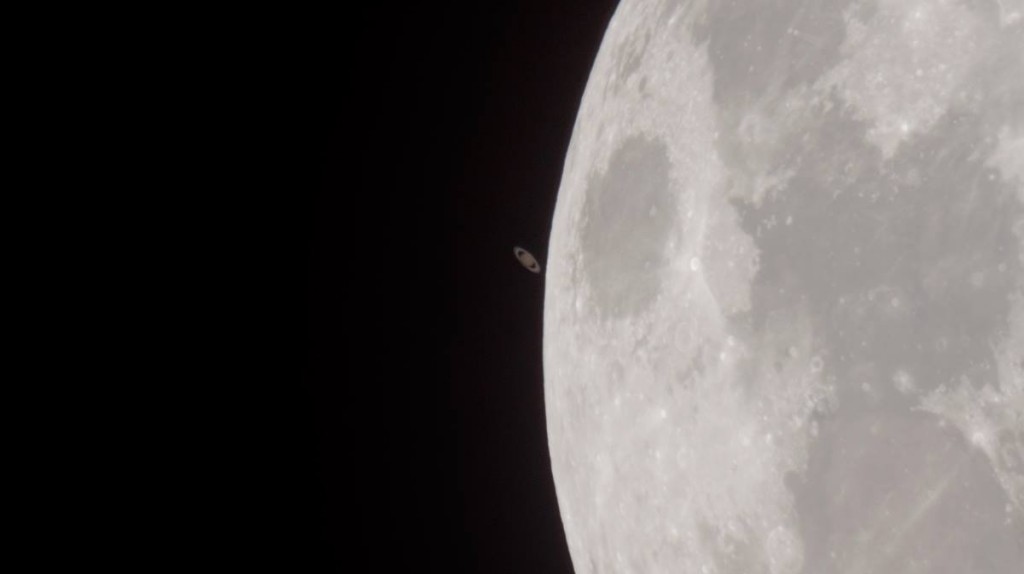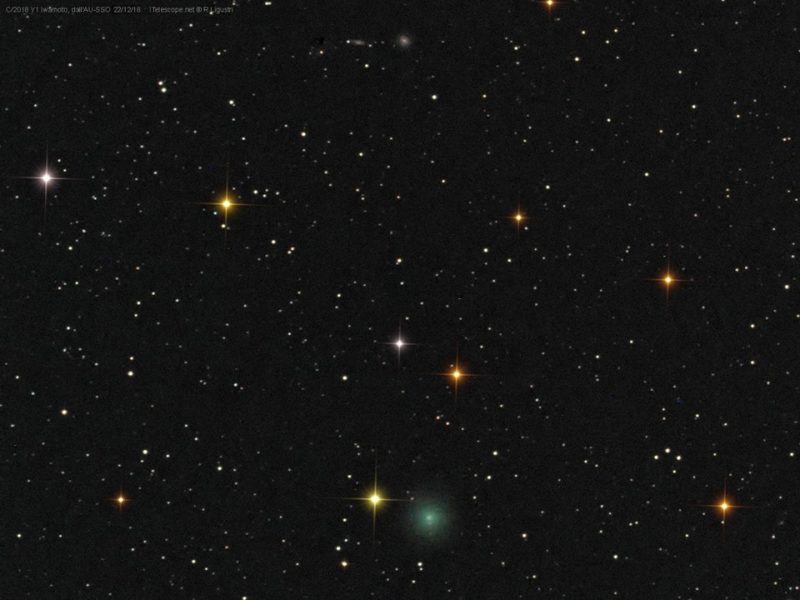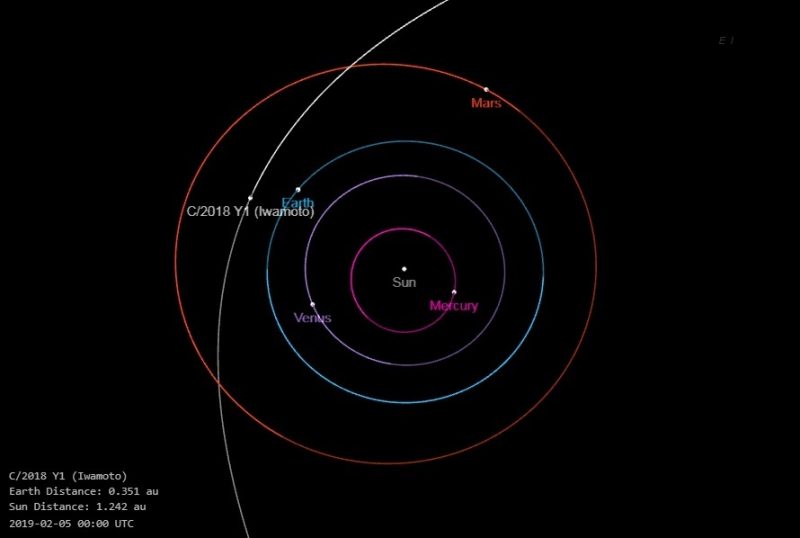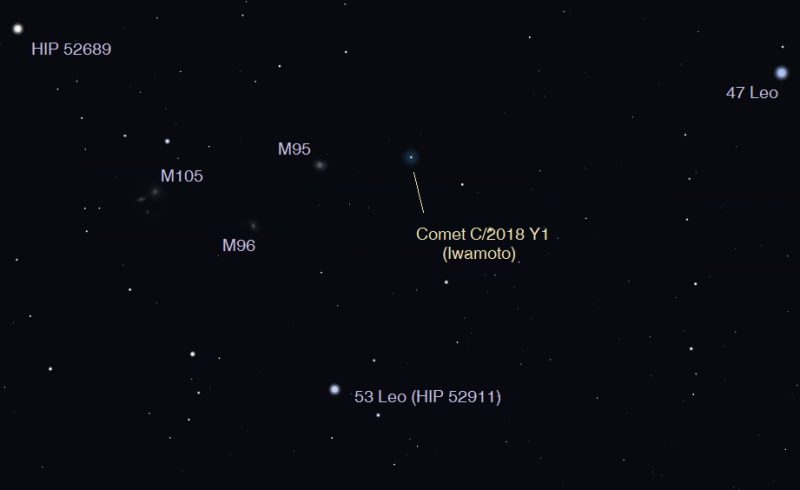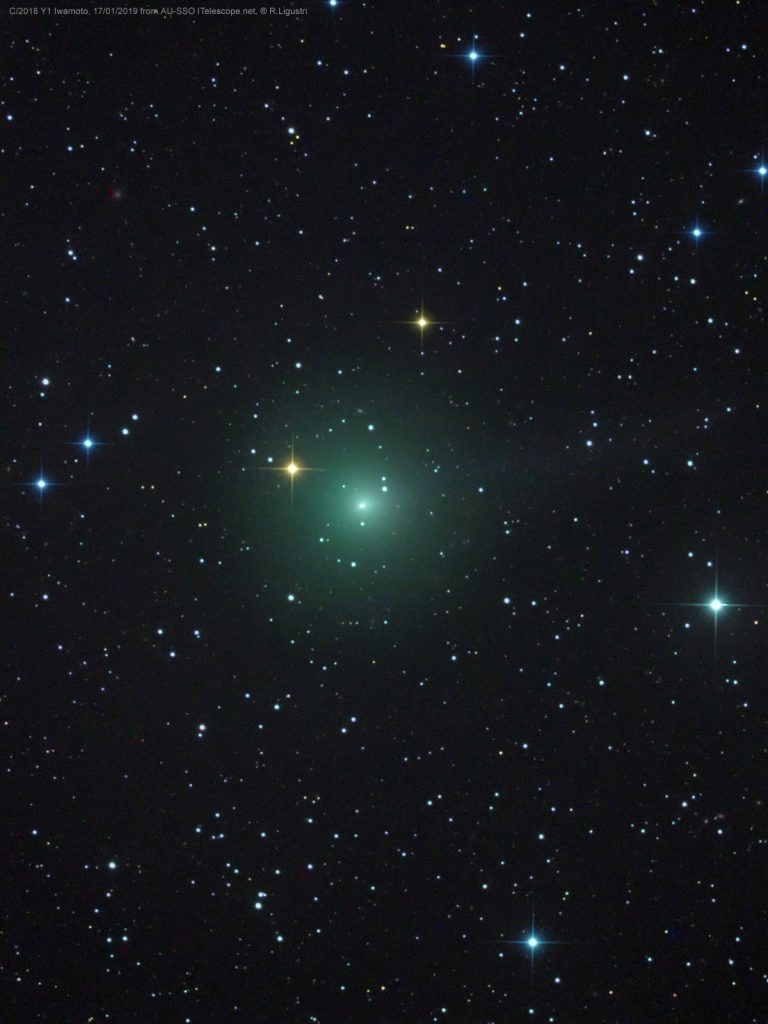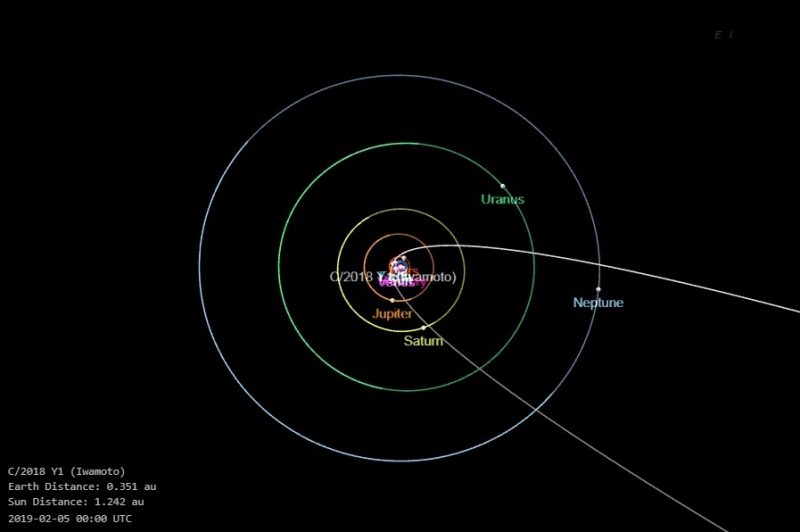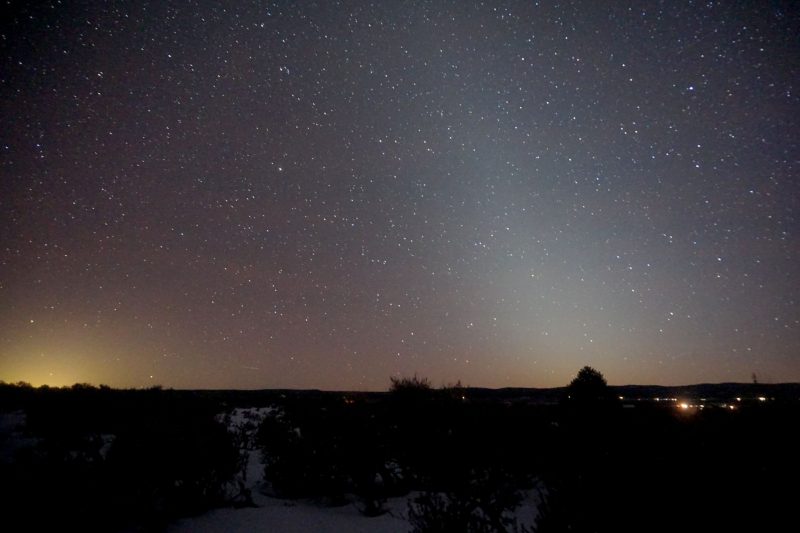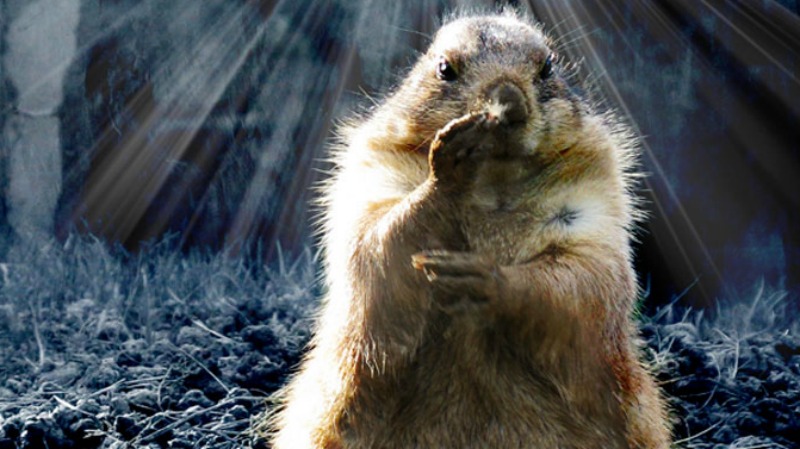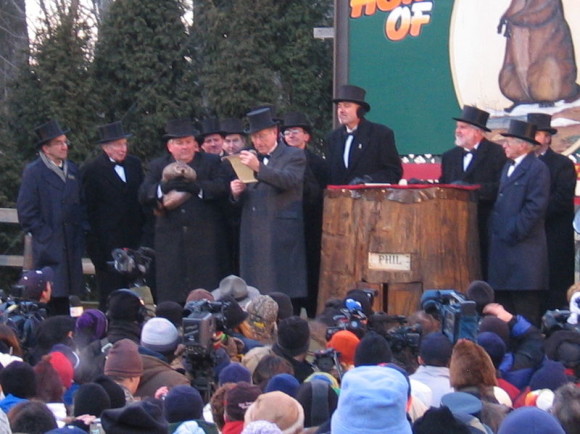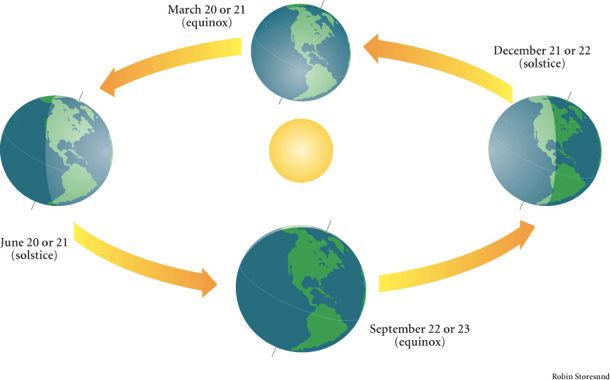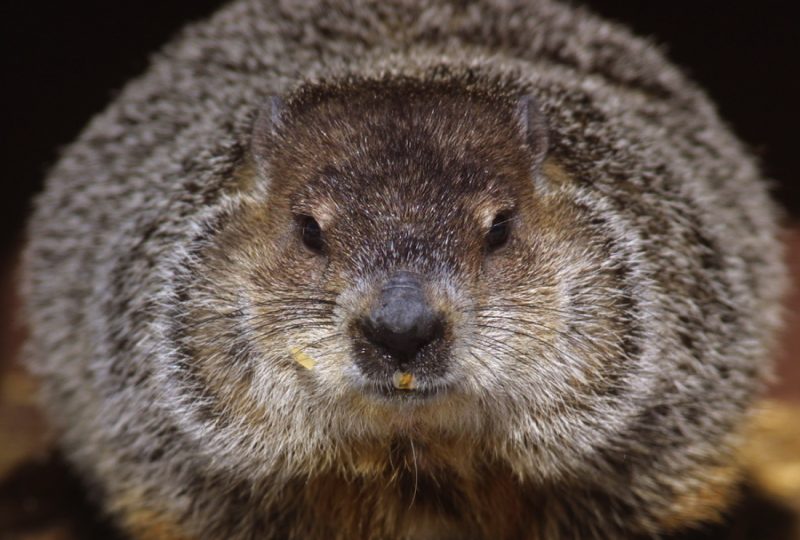Recently, 626 organizations—mostly environmental groups, including 350.org and Greenpeace USA—sent a letter to Congress urging lawmakers to consider a number of principles when crafting climate legislation like a Green New Deal “to keep global warming below 1.5 degrees Celsius (2.7 degrees Fahrenheit).” Broadly, there were six major principles in the letter: Halt all fossil fuel leasing, phase out all fossil fuel extraction, end fossil fuel and other dirty energy subsidies; transition power generation to 100 percent renewable energy; expand public transportation and phase out fossil-fuel vehicles; harness the full power of the Clean Air Act; ensure a just transition led by impacted communities and workers; and uphold indigenous rights.
These are generally wise goals, but some concerns about the details caused eight major environmental groups—including the Sierra Club, the Natural Resources Defense Council, and the Environmental Defense Fund—to decline to sign the letter. As one national environmental group spokesperson put it, “the details matter… There is some language that gave us some concern.”
To meet climate targets, we need every tool in the chest. Meeting the Paris climate agreement targets of limiting global warming to less than 1.5 degrees Celsius of global warming above pre-industrial temperatures—or even a more dangerous but more feasible 2 degrees Celsius—would require massive and immediate global action to reduce fossil fuel consumption and carbon pollution. Simply put, we’ve already burned through so much of our carbon budget that meeting those targets would take everything we’ve got. (We’ve already locked ourselves in to close to 1.5 degrees Celsius of warming, just based on greenhouse gas emissions to date.)
But the letter includes language that rules out some zero-carbon technologies. For example, it states, “in addition to excluding fossil fuels, any definition of renewable energy must also exclude all combustion-based power generation, nuclear, biomass energy, large scale hydro and waste-to-energy technologies. To achieve this, the United States must shift to 100 percent renewable power generation by 2035 or earlier.”
The listed energy sources all have pros and cons, and groups concerned about their non-climate environmental impacts could certainly make the case for eventually phasing out each one. But the United States currently gets about 32 percent of its electricity generation from natural gas, 30 percent from coal, 20 percent from nuclear, 7 percent from hydroelectricity, 6 percent from wind, and 1 percent from solar, in round numbers. (The remaining few percent come from miscellaneous energy sources such as geothermal, landfill gas, wood, and others.) Were nuclear and hydroelectric power to be eliminated as energy sources at the same time as all fossil fuels, that means that the United States would have to replace its top four electricity sources (nearly 90 percent of its supply) within about 15 years.
Simply replacing all forms of fossil fuels alone (63 percent of the supply) with zero-carbon technologies within this short timeframe would already be an immense task. And the figures here are strictly referring to what it is required for electricity generation in the United States; they don’t even account for other voracious energy-consuming sectors like transportation—which bring the fossil-fuel share of the US economy up to 80 percent, plus another 9 percent from nuclear and 7 percent from hydroelectric power and biomass. Why make the already gargantuan task so much more difficult?
Germany provides a cautionary tale for environmental groups. The country implemented what it called an “Energiewende” (energy transition) strategy that prioritized the phase-out of nuclear power over replacing fossil fuels, despite its goal of achieving a low-carbon energy supply. For example, in the year 2000, 50 percent of Germany’s electricity was supplied by coal compared to 29 percent from nuclear power and 7 percent from renewables. In 2015, the share was 46 percent coal, 15 percent nuclear, and 33 percent renewables. In other words, the country’s coal consumption has remained nearly unchanged since the turn of the century—from 50 percent coal to 46 percent coal. Instead, Germany’s rapid deployment of renewable energy has primarily replaced its nuclear power plants.
There are certainly legitimate objections to nuclear power, but it is nevertheless a zero-carbon energy source. If we consider climate change an urgent, existential threat and if we want to meet the Paris climate targets, then eliminating fossil fuels must be our first priority. Only after fossil fuels have been replaced can we consider doing the same to other zero-carbon energy sources.
from Skeptical Science http://bit.ly/2sY1Vdt
Recently, 626 organizations—mostly environmental groups, including 350.org and Greenpeace USA—sent a letter to Congress urging lawmakers to consider a number of principles when crafting climate legislation like a Green New Deal “to keep global warming below 1.5 degrees Celsius (2.7 degrees Fahrenheit).” Broadly, there were six major principles in the letter: Halt all fossil fuel leasing, phase out all fossil fuel extraction, end fossil fuel and other dirty energy subsidies; transition power generation to 100 percent renewable energy; expand public transportation and phase out fossil-fuel vehicles; harness the full power of the Clean Air Act; ensure a just transition led by impacted communities and workers; and uphold indigenous rights.
These are generally wise goals, but some concerns about the details caused eight major environmental groups—including the Sierra Club, the Natural Resources Defense Council, and the Environmental Defense Fund—to decline to sign the letter. As one national environmental group spokesperson put it, “the details matter… There is some language that gave us some concern.”
To meet climate targets, we need every tool in the chest. Meeting the Paris climate agreement targets of limiting global warming to less than 1.5 degrees Celsius of global warming above pre-industrial temperatures—or even a more dangerous but more feasible 2 degrees Celsius—would require massive and immediate global action to reduce fossil fuel consumption and carbon pollution. Simply put, we’ve already burned through so much of our carbon budget that meeting those targets would take everything we’ve got. (We’ve already locked ourselves in to close to 1.5 degrees Celsius of warming, just based on greenhouse gas emissions to date.)
But the letter includes language that rules out some zero-carbon technologies. For example, it states, “in addition to excluding fossil fuels, any definition of renewable energy must also exclude all combustion-based power generation, nuclear, biomass energy, large scale hydro and waste-to-energy technologies. To achieve this, the United States must shift to 100 percent renewable power generation by 2035 or earlier.”
The listed energy sources all have pros and cons, and groups concerned about their non-climate environmental impacts could certainly make the case for eventually phasing out each one. But the United States currently gets about 32 percent of its electricity generation from natural gas, 30 percent from coal, 20 percent from nuclear, 7 percent from hydroelectricity, 6 percent from wind, and 1 percent from solar, in round numbers. (The remaining few percent come from miscellaneous energy sources such as geothermal, landfill gas, wood, and others.) Were nuclear and hydroelectric power to be eliminated as energy sources at the same time as all fossil fuels, that means that the United States would have to replace its top four electricity sources (nearly 90 percent of its supply) within about 15 years.
Simply replacing all forms of fossil fuels alone (63 percent of the supply) with zero-carbon technologies within this short timeframe would already be an immense task. And the figures here are strictly referring to what it is required for electricity generation in the United States; they don’t even account for other voracious energy-consuming sectors like transportation—which bring the fossil-fuel share of the US economy up to 80 percent, plus another 9 percent from nuclear and 7 percent from hydroelectric power and biomass. Why make the already gargantuan task so much more difficult?
Germany provides a cautionary tale for environmental groups. The country implemented what it called an “Energiewende” (energy transition) strategy that prioritized the phase-out of nuclear power over replacing fossil fuels, despite its goal of achieving a low-carbon energy supply. For example, in the year 2000, 50 percent of Germany’s electricity was supplied by coal compared to 29 percent from nuclear power and 7 percent from renewables. In 2015, the share was 46 percent coal, 15 percent nuclear, and 33 percent renewables. In other words, the country’s coal consumption has remained nearly unchanged since the turn of the century—from 50 percent coal to 46 percent coal. Instead, Germany’s rapid deployment of renewable energy has primarily replaced its nuclear power plants.
There are certainly legitimate objections to nuclear power, but it is nevertheless a zero-carbon energy source. If we consider climate change an urgent, existential threat and if we want to meet the Paris climate targets, then eliminating fossil fuels must be our first priority. Only after fossil fuels have been replaced can we consider doing the same to other zero-carbon energy sources.
from Skeptical Science http://bit.ly/2sY1Vdt




